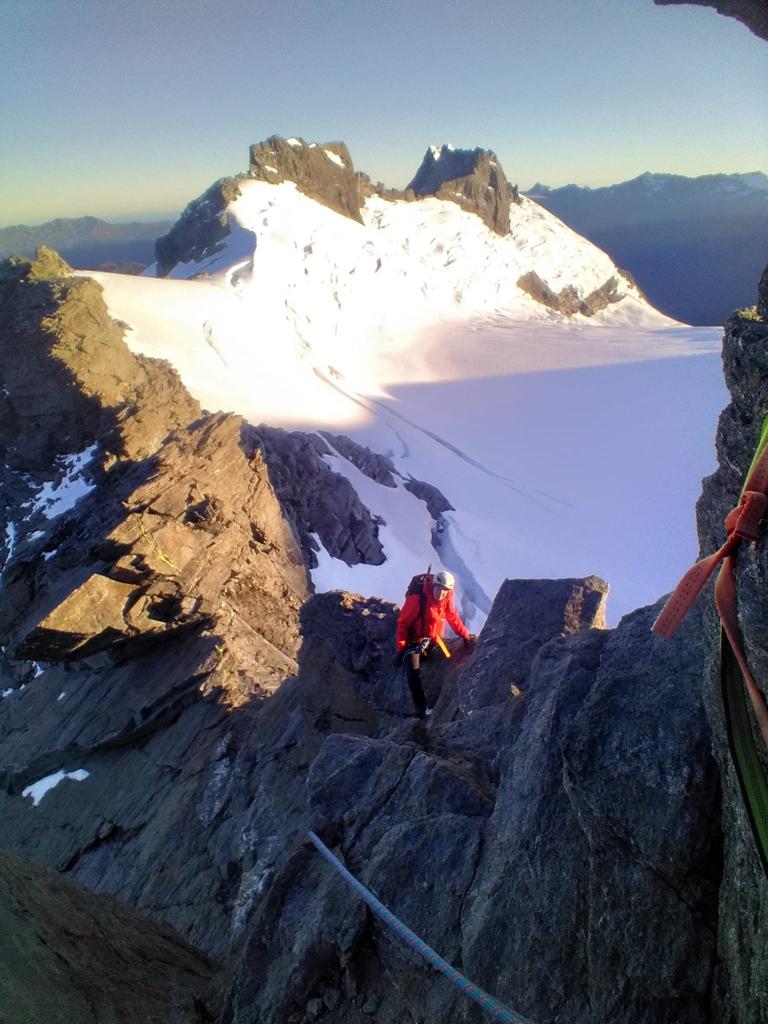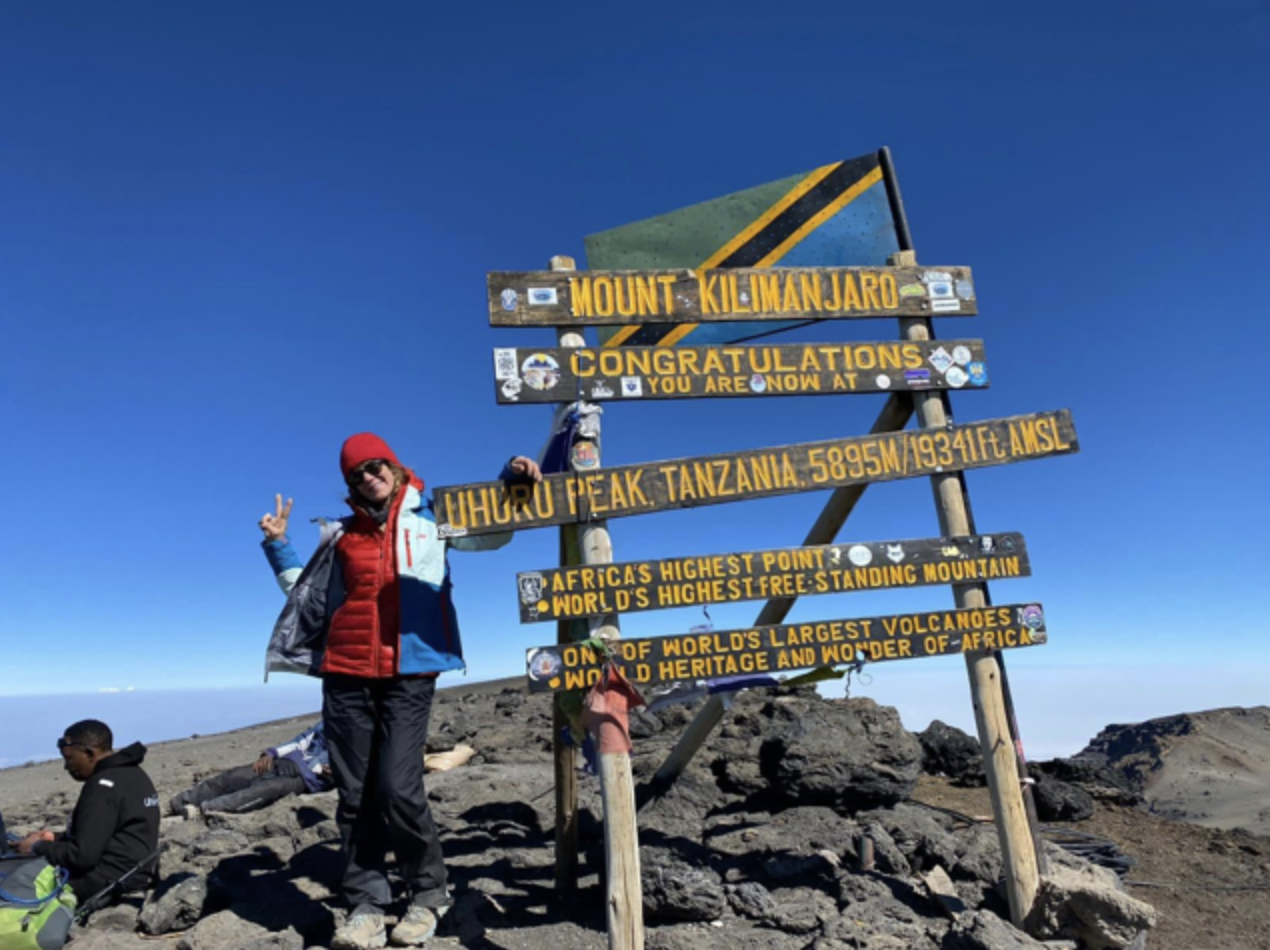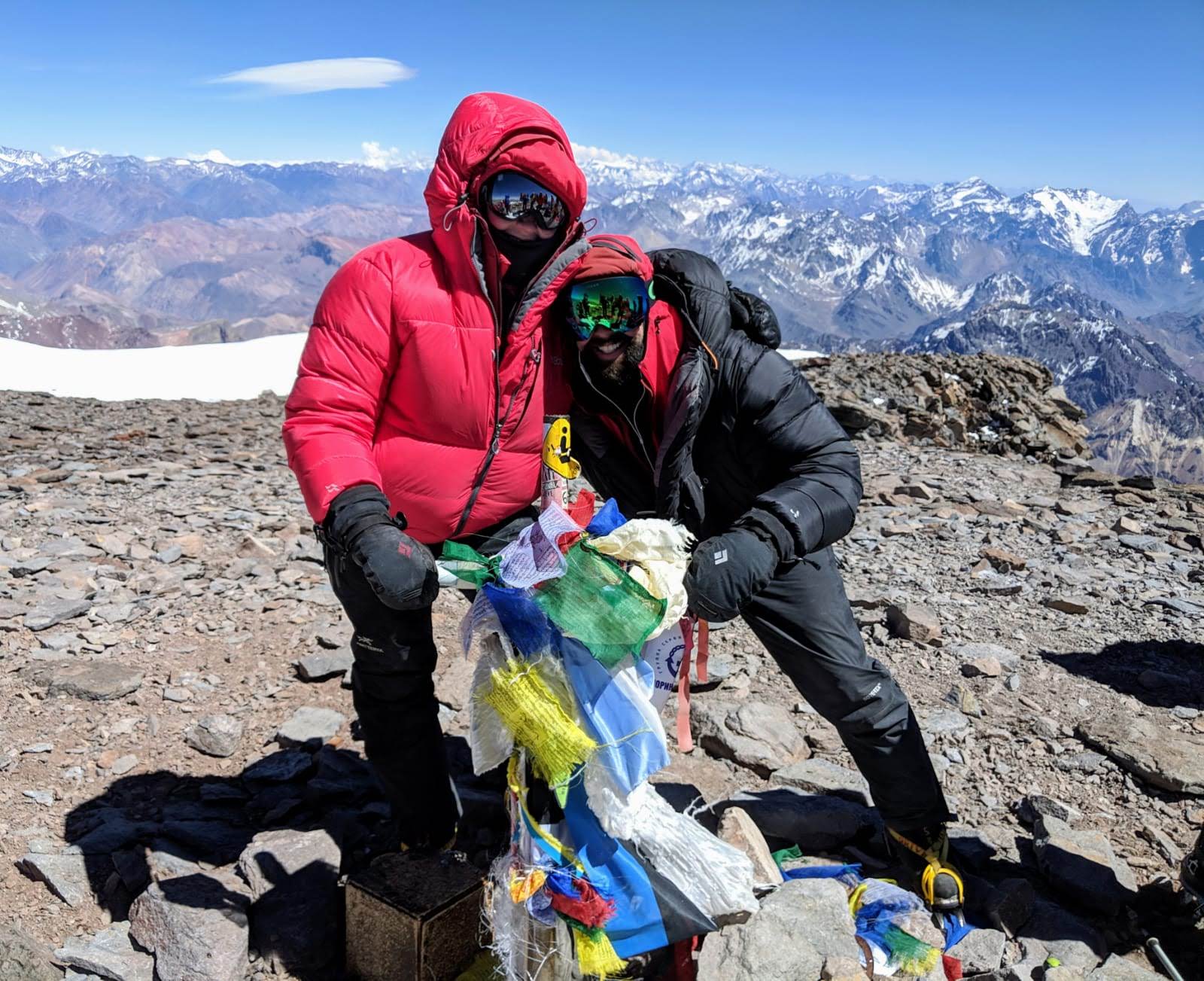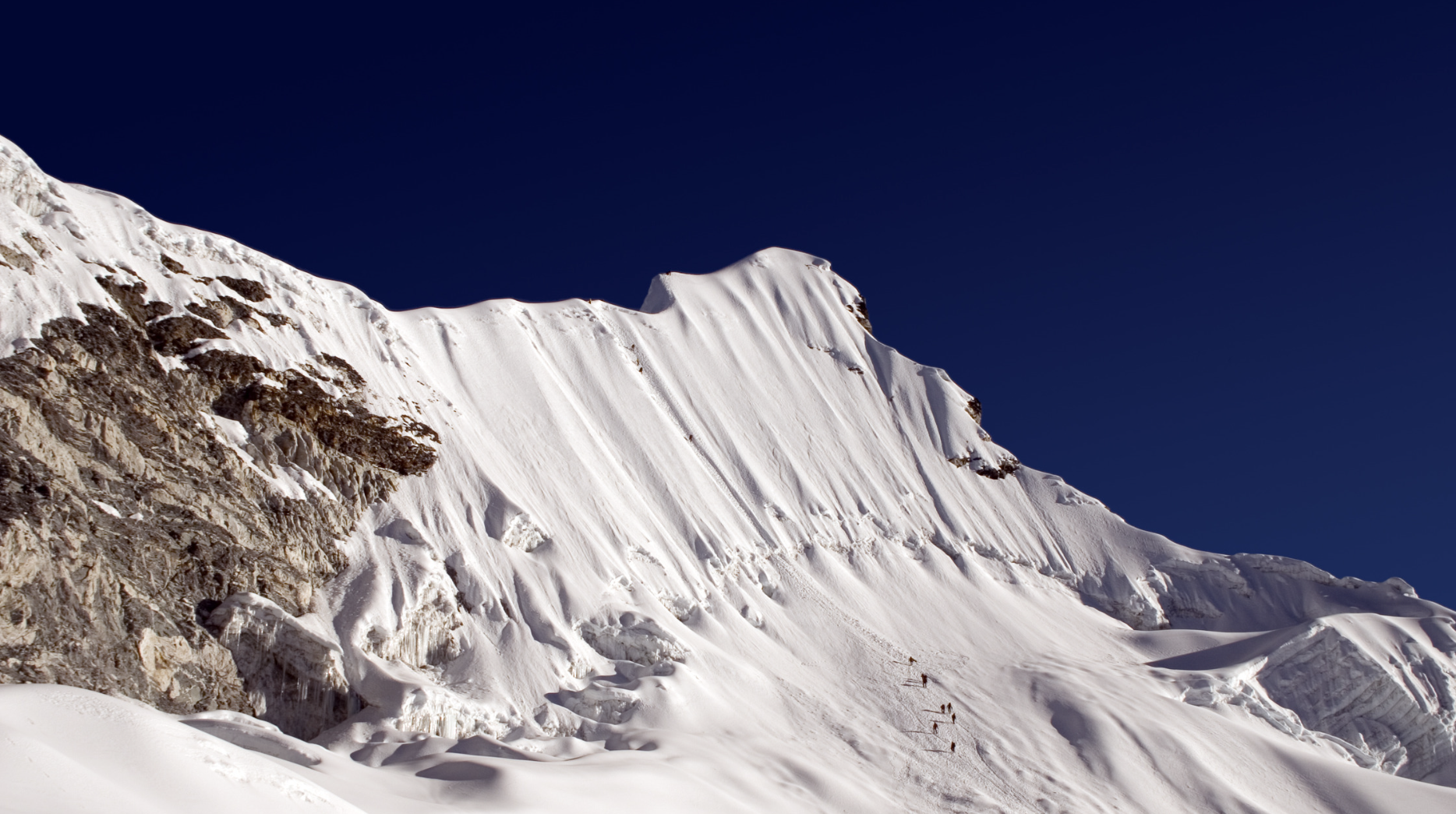There’s nothing worse than being tight on cash and finding out you have an additional expense that you hadn’t budgeted for. Here are the 4 most commonly forgotten mountaineering and trekking expenses that are often forgotten:
1. Tip
You will need to remember to tip your guide and porters. As a rule of thumb, the average tip amount for your guide or guides is about 10% of your total tour cost per person. So if you paid your tour providers $1,000 then you should budget on about $100 tip. That being said, tip amount is always, always, always a personal choice. The point of a tip is to show your appreciation and it is totally up to you how much appreciation you show based on the level of service provided by the guide(s).
Sometimes, your team will suggest a specific tip amount per person and then collectively give it to your guide and porters at the end of your trip. If the amount suggested is too much for you or perhaps you don’t feel that the guide or porters should get so much or you feel the suggested tip is too little then don’t feel embarrassed to give your tip separately. The last thing you want is to end your trip feeling as though you’ve been squeezed financially to tip for a trip that perhaps wasn’t up to your standards.
2. National Park Permit
This may or may not have been included in your payment to your tour operator but it would be a good thing to clarify before you make your first payment to them or at the very least, before you leave for your trip. Some National Park permits are incredibly expensive so assume that this will be a fairly large chunk of cash rather than winging it and paying it when you get to your destination.
3. Visa
Depending on your passport, you may or may not need a visa on arrival or before you’ve departed your home country. All this takes is a little bit of research and for planning. Some places, such as Tanzania (for those travelling to Kilimanjaro) suggest that you pay for your visa in cash. If you can, bring the exact amount you need as sometimes the small visa offices at airports don’t have change and you’ll end up paying more than you should simply because the office doesn’t have change.
4. Porter Fees
This only really applies to the mountains and treks that require you to carry most of your own gear. If you are struggling on your trip and need extra help from one or more of the porters then there will often be an extra charge per kilogram per section of the route. It is a good idea to keep set aside extra cash if this does happen. Ask your tour provider what the charge is per kilogram and how it would work if you did find yourself needing extra help.
TIP: It is always a good idea to carry a bit of extra cash with you for emergencies and carry spare cash in the local currency on the off chance that you aren’t able to exchange or draw cash.





